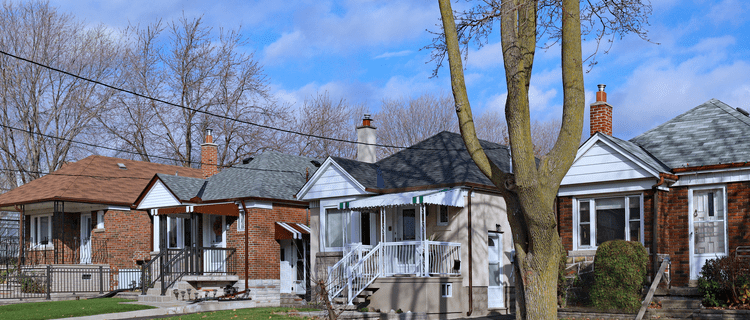Why Selling Your House This Winter Gives You an Edge
Spring gets all the attention, but it’s not always the best time to sell a house. Yes, more buyers show up, but so do a lot of other sellers. Winter is different. With fewer homes on the market, your house has a much better chance of standing out. And that one advantage can make a …
Read more “Why Selling Your House This Winter Gives You an Edge”





